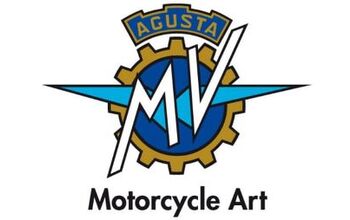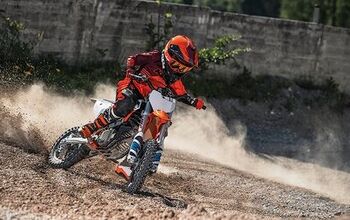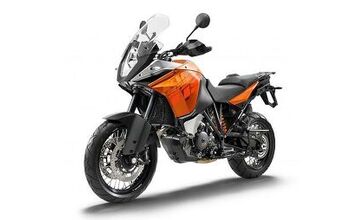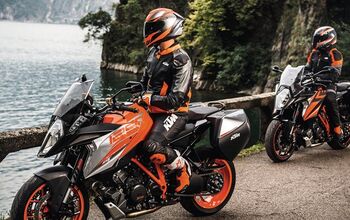Ktm Motorcycle History: History of Ktm

- 1934Austrian engineer Hans Trunkenpolz opens a metal-working shop in Mattighofen, Austria. The name of the business is Kraftfahrzeuge Trunkenpolz Mattighofen
- 1951The company’s first motorcycle is developed – the R100.
- 1953The company becomes officially known as ‘Kronreif, Trunkenpolz, Mattighofen’ (KTM). A team of 20 employees is producing three motorcycles per day.
- 1954The 100th KTM motorcycle is delivered.
- 1955A businessman, Ernst Kronreif becomes a sizeable shareholder of the company, which is renamed Kronreif & Trunkenpolz Mattighofen.
KTM Tourist (125cc) model is developed.
- 1957KTM builds first sports motorcycle – the Trophy 125cc.
- 1959Motorcycle production ceases. First KTM Pony scooter and moped are introduced.
- 1963The Comet moped is introduced.
- 1966The 10,000th Comet rolls off the line.
- 1968The cross-country Penton Six Days dirt bike is produced and exported to the United States.
- 1970KTM begins producing its own engines. (Previously, many of the dirt bikes had been equipped with Sachs motors.) New 250cc motocross bike is developed.
- 1973KTM begins production of the 250 Cross and Enduro bike.
- 1974Production of the KTM Hobby III begins.
- 1975KTM introduces the road model Comet Grand Prix 125 RS.
- 1976KTM produces its own 125cc engine.
- 1978KTM America Inc. established in Lorain, Ohio. 50cc product range extended.
- 1981Production of first water-cooled 125cc motocross bikes.
- 1982Motocross models outfitted with new Pro Lever rear suspension. Company develops its first 4-stroke engine with water cooling.
- 1986KTM becomes the first manufacturer to offer front and rear disc brakes on an off-road machine.
- 1987Production begins on the KTM 4-stroke engine – single cylinder, 560cc, overhead camshaft.
- 1988KTM stops production of scooters.
- 1989Hans Trunkenpolz, founder, dies.
- 1991KTM files for bankruptcy. The company is split into four independent arms – radiators, motorcycles, bicycles and tooling.
- 1992Newly formed motorcycle division opens – KTM Sportsmotorcycle GmbH.
- 1994KTM Sportsmotorcycle GmbH renamed KTM-Sportsmotorcycle AG. Production of Duke series of road models begins.
- 1995Company acquires Husaberg AB and takes over White Power Suspension (NL).
- 1996Production begins for KTM LC4 engine with electric starter.
- 1997LC4 Supermoto road model is introduced. Also, KTM’s first adventure bike – the LC4 Adventure – is introduced.
- 1998PDS Linkless suspension system is developed for 2-stroke models. Also, new 125 and 200cc engines and new Z design are introduced.
- 1999Production begins on new 4-stroke engine – RACING 400/520. Also, the first KTM engines with separate lubrication (125 and 200cc) are introduced.
- 2001Fabrizio Meoni wins the Dakar rally on an LC4 660R. KTM completely dominates the motorcycle class for the future of the event, which runs for the last time in 2007.
- 2003Company introduces 950 Adventure and presents 990 Duke.
Backed by Red Bull, the company enters the 125cc World Championship. After a couple of challenging years developing the machine, Mika Kallio will finish second overall in ’05 & ’06.
- 2004KTM launches the 990 Super Duke and introduces the 990 RC8 Venom and the 950 Supermoto at the Intermot in Munich.
After earlier agreeing in principle to supply motorcycles to two out-of-work actors, so they can make a documentary about a trip across Eurasia and North America, KTM abruptly drops the project. Ewan McGregor and Charlie Boorman get BMWs instead, and make “The Long Way Round.”
- 2005KTM launches the 950 Supermoto and introduces the 990 Adventure and the 950 Super Enduro R.
The company announces a strategic partnership with Polaris, with the goal of shared R&D, and more importantly shared distribution networks. The plan is to try this relationship out for two years and, if it proves fruitful, to merge the two companies.
- 2006The partnership with Polaris is dramatically downgraded. KTM announces that from now on, the company will simply supply Polaris with a few motors for ATVs.
- 2007The company supplies all the 125cc motorcycles for the Red Bull Rookies Cup.
An experiment if there ever was one, KTM builds the ultimate go-kart in the X-Bow.
- 2009Wanting to get its feet wet in road racing, KTM enters a factory-backed team fielding RC8s in the IDM (German) championship. At the end of the year, factory rider Stefen Nebel ties for the championship.
Information taken from KTM’s official site ( http://www.ktm.com/History.101.4.html)

Motorcycle.com presents an unrivaled combination of bike reviews and news written by industry experts
More by Motorcycle.com Staff



























Comments
Join the conversation